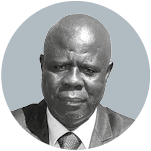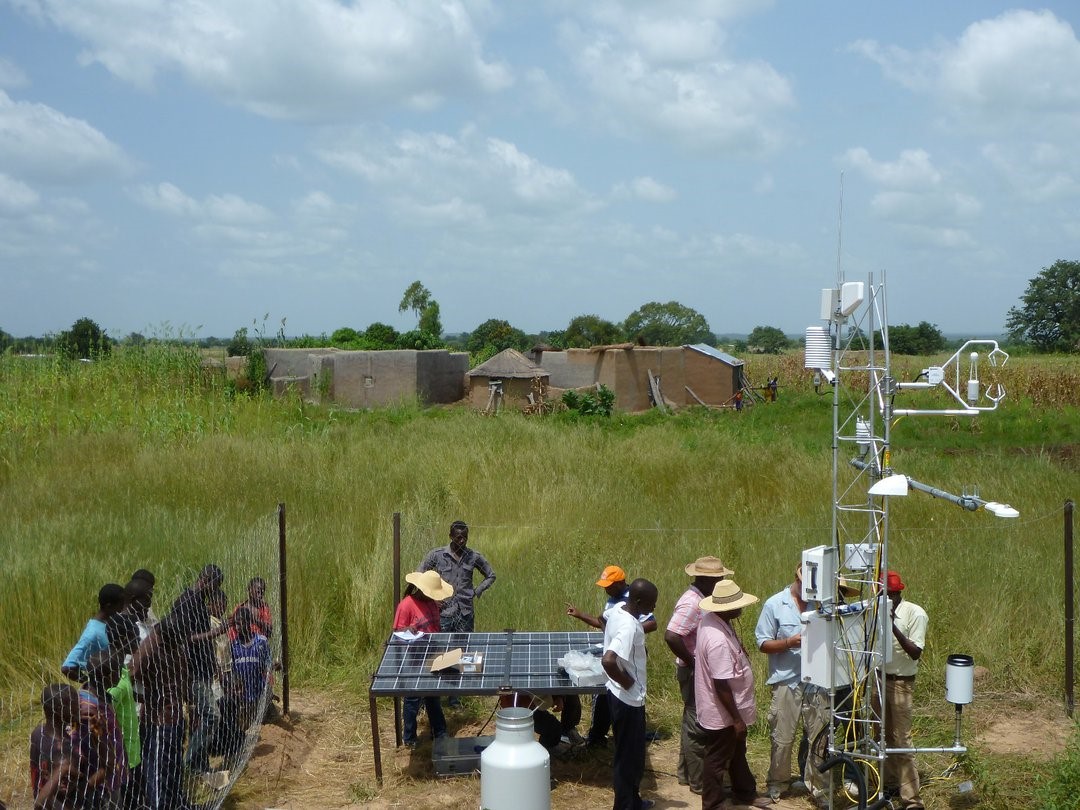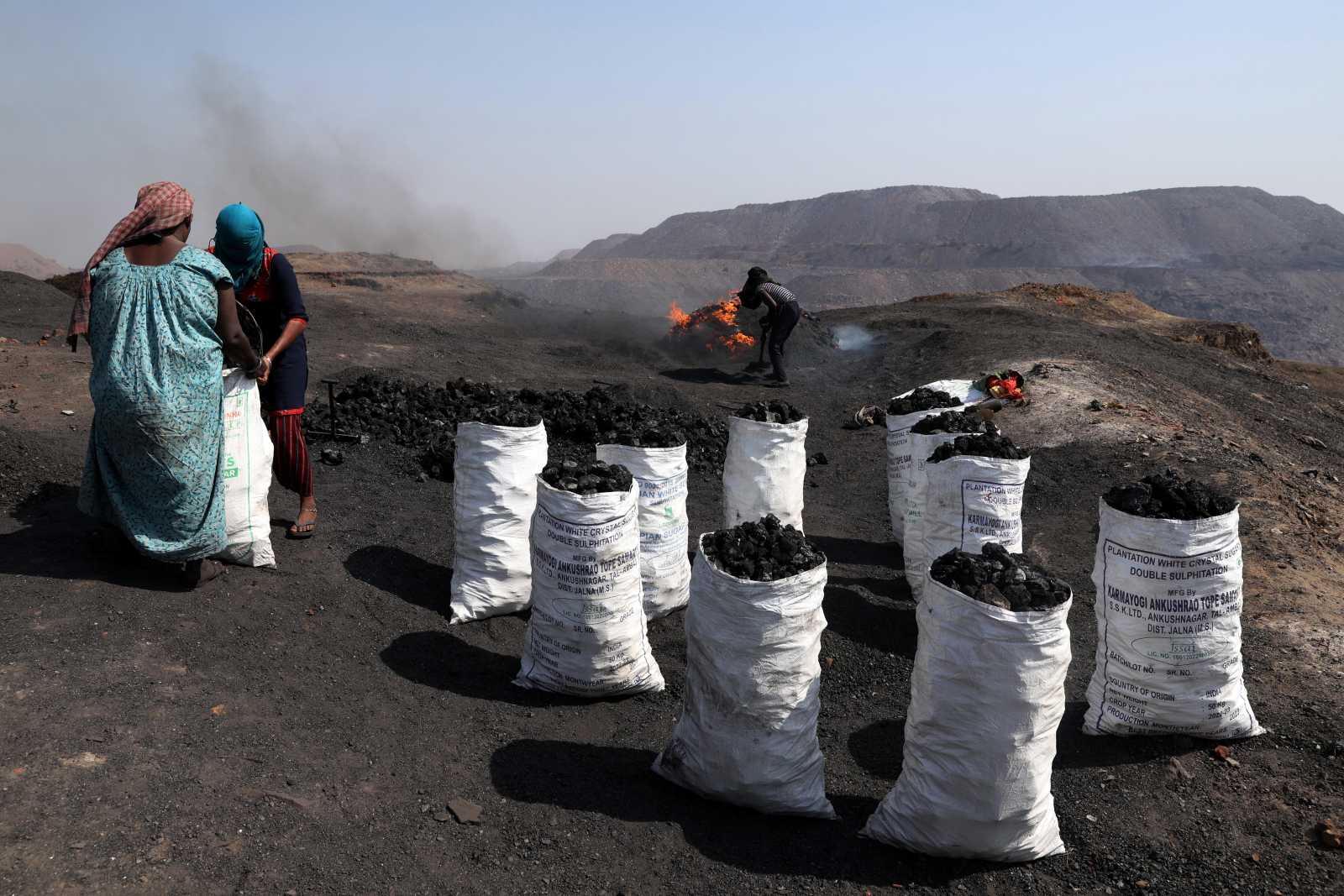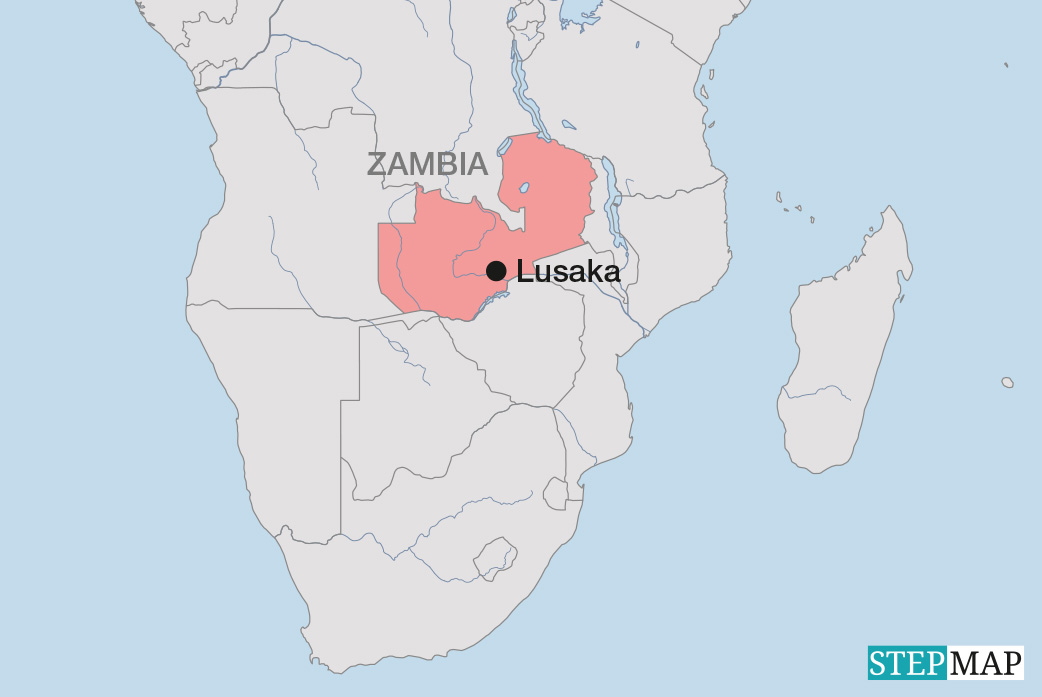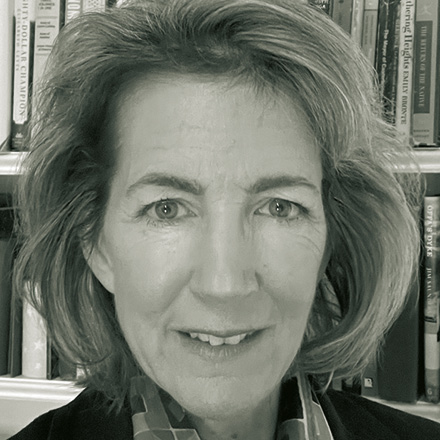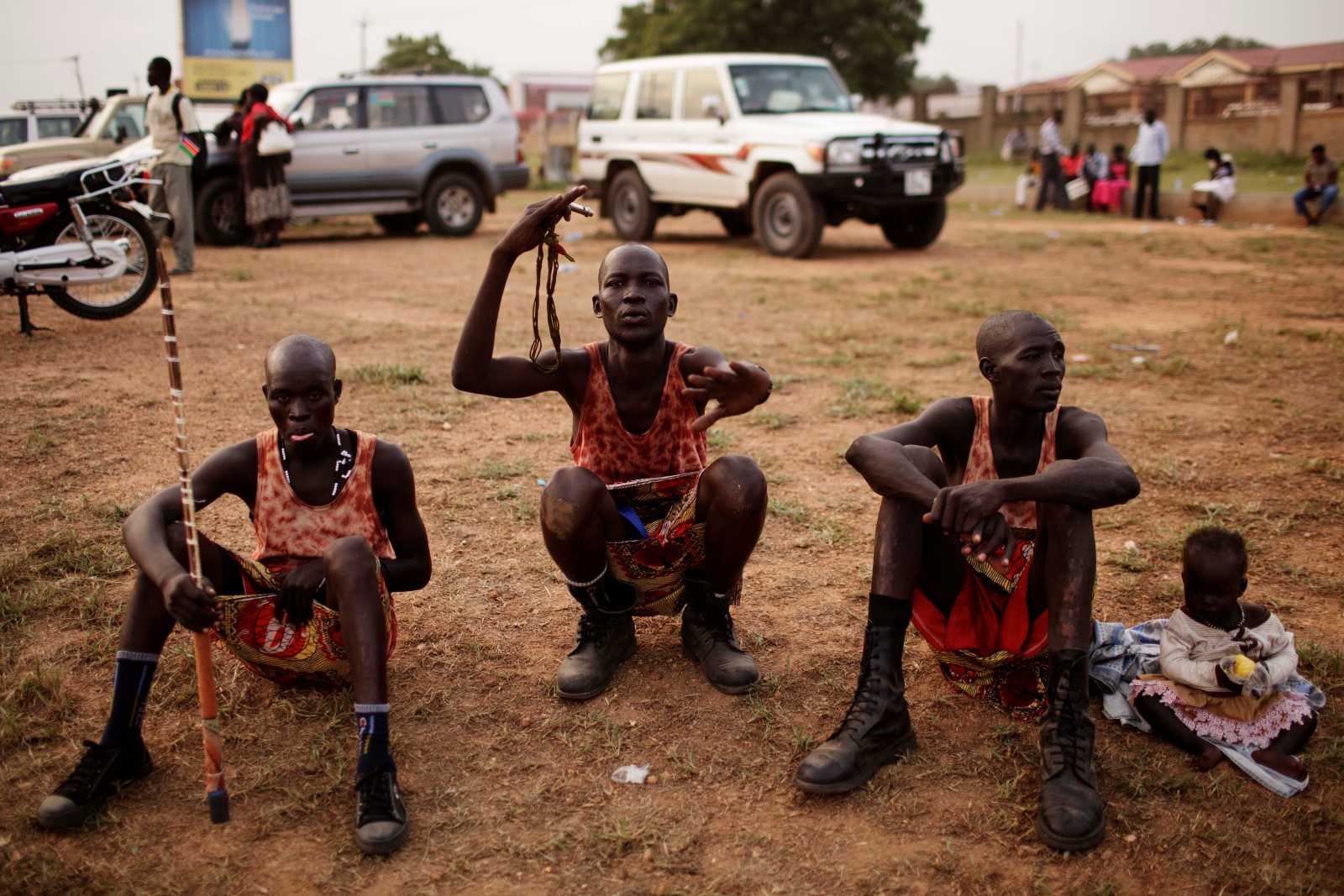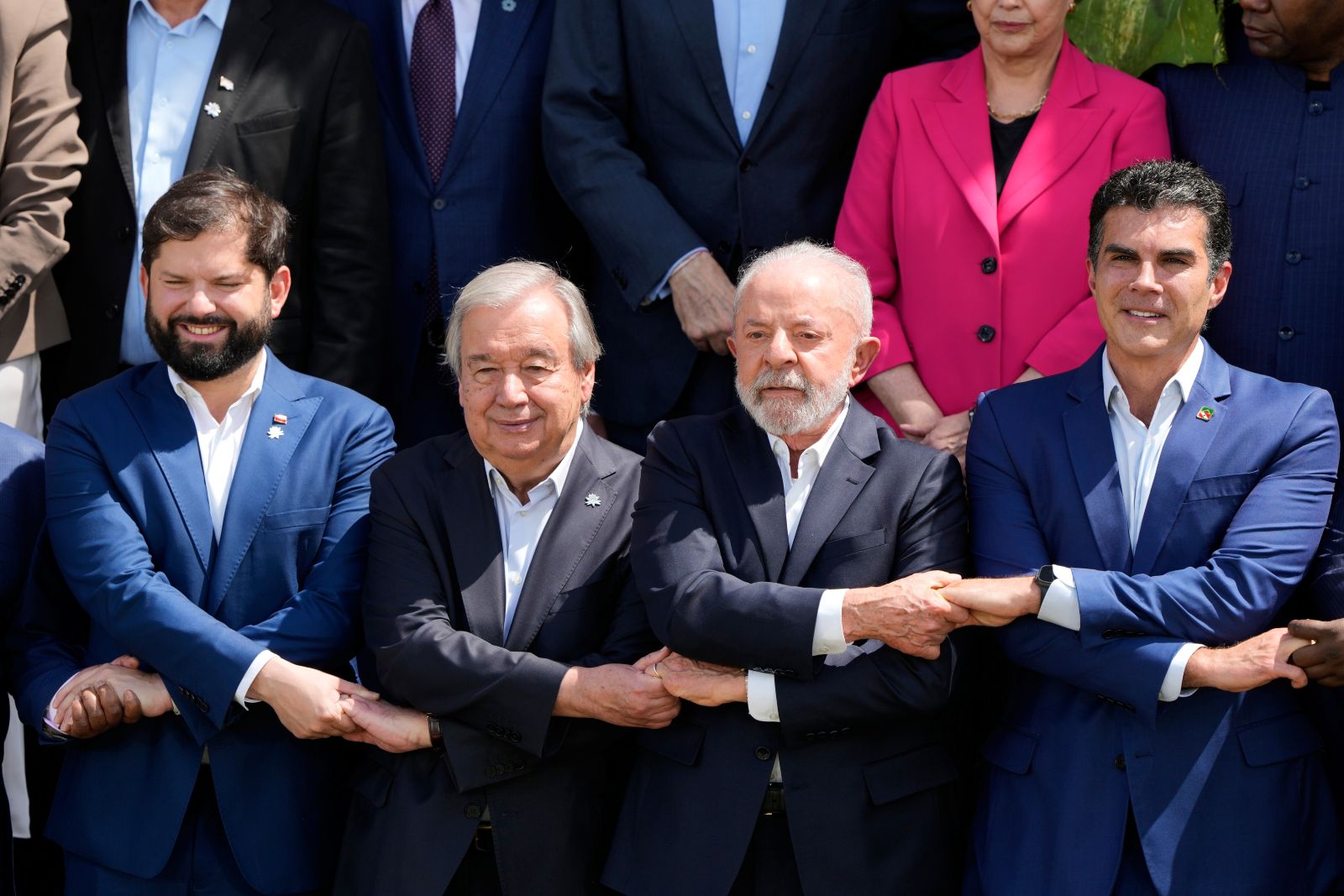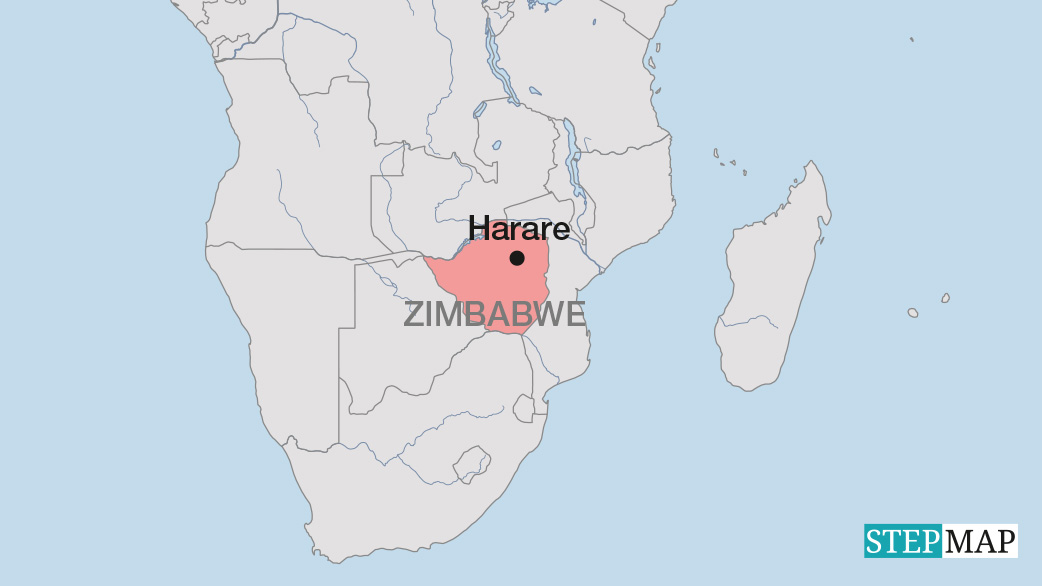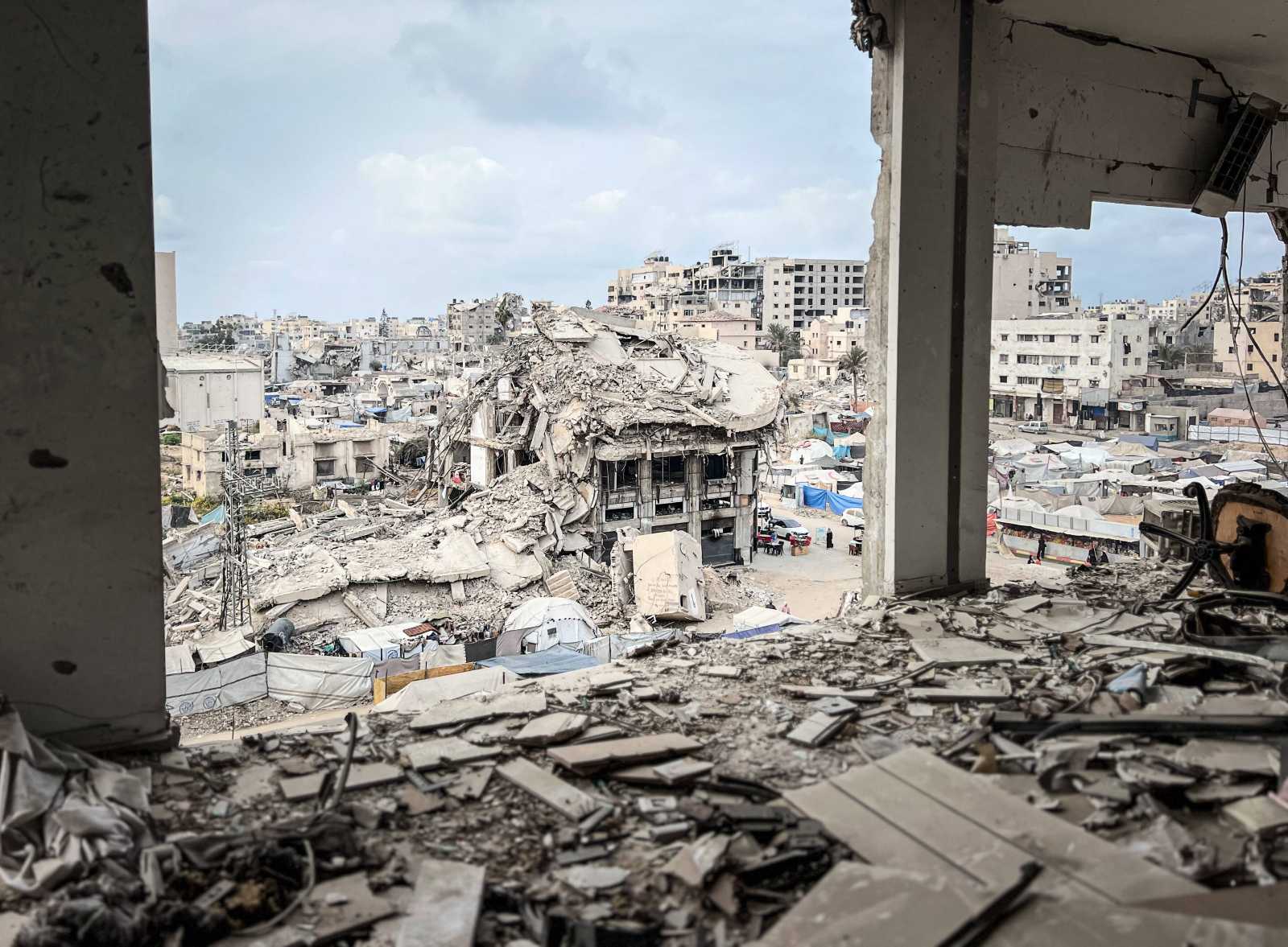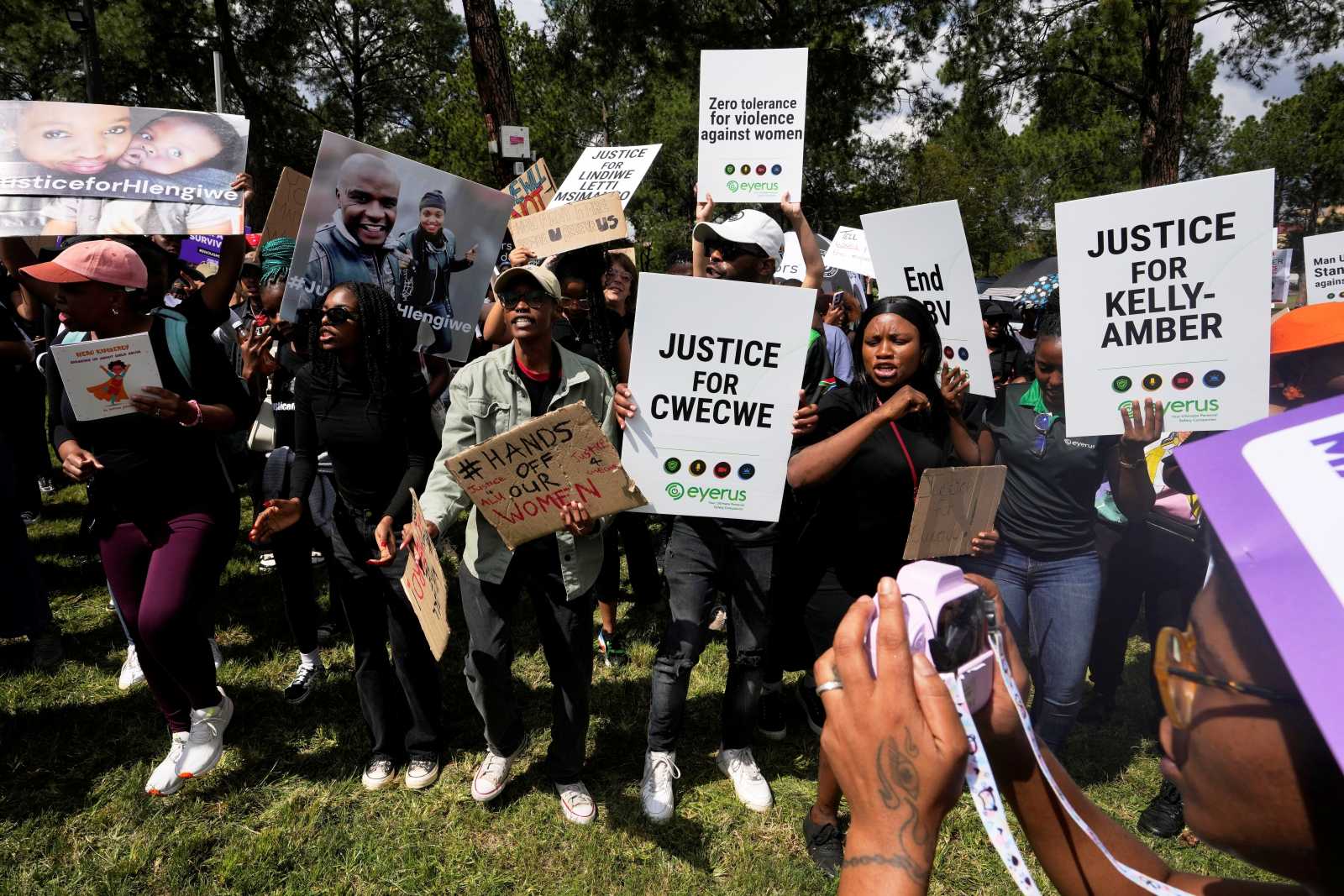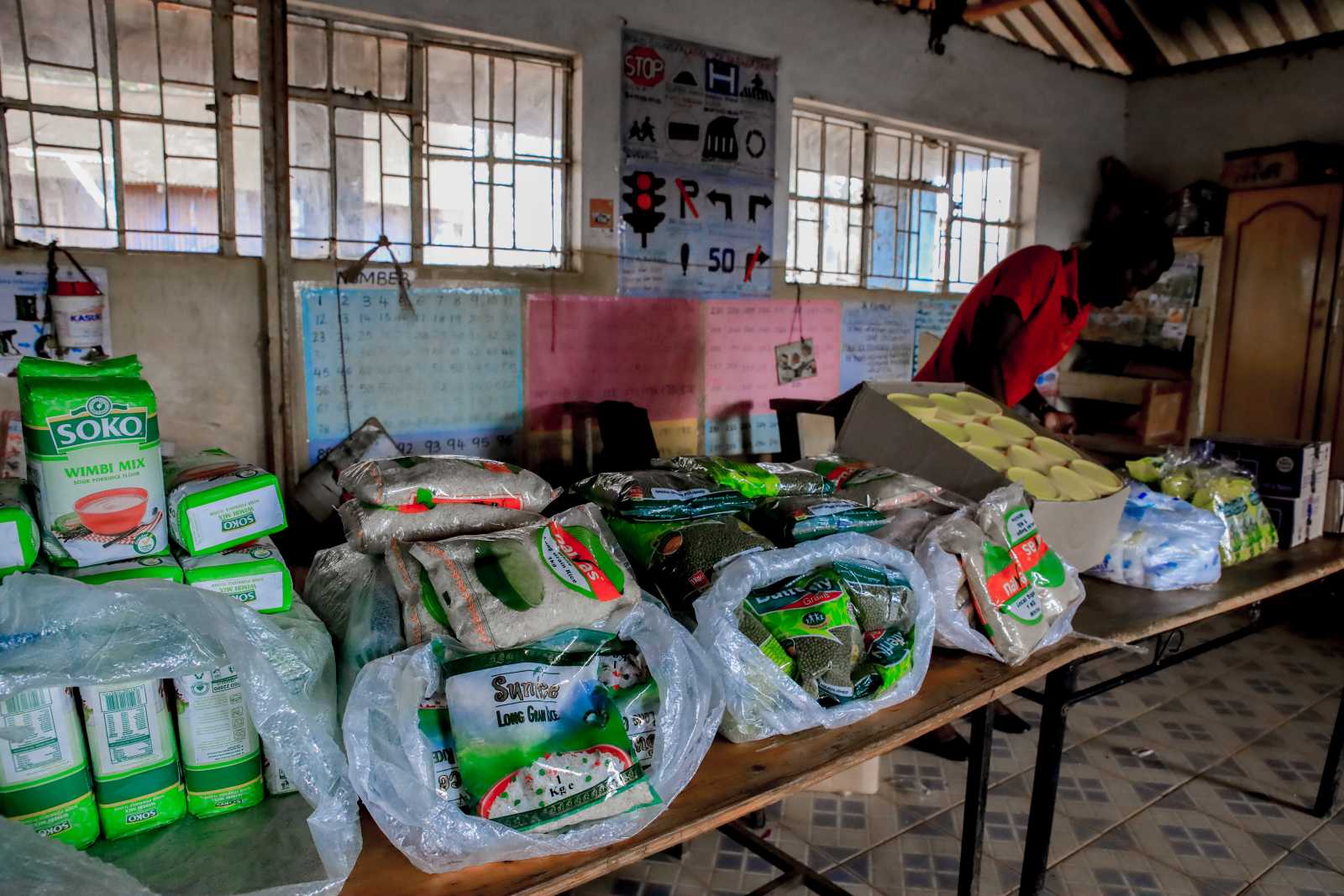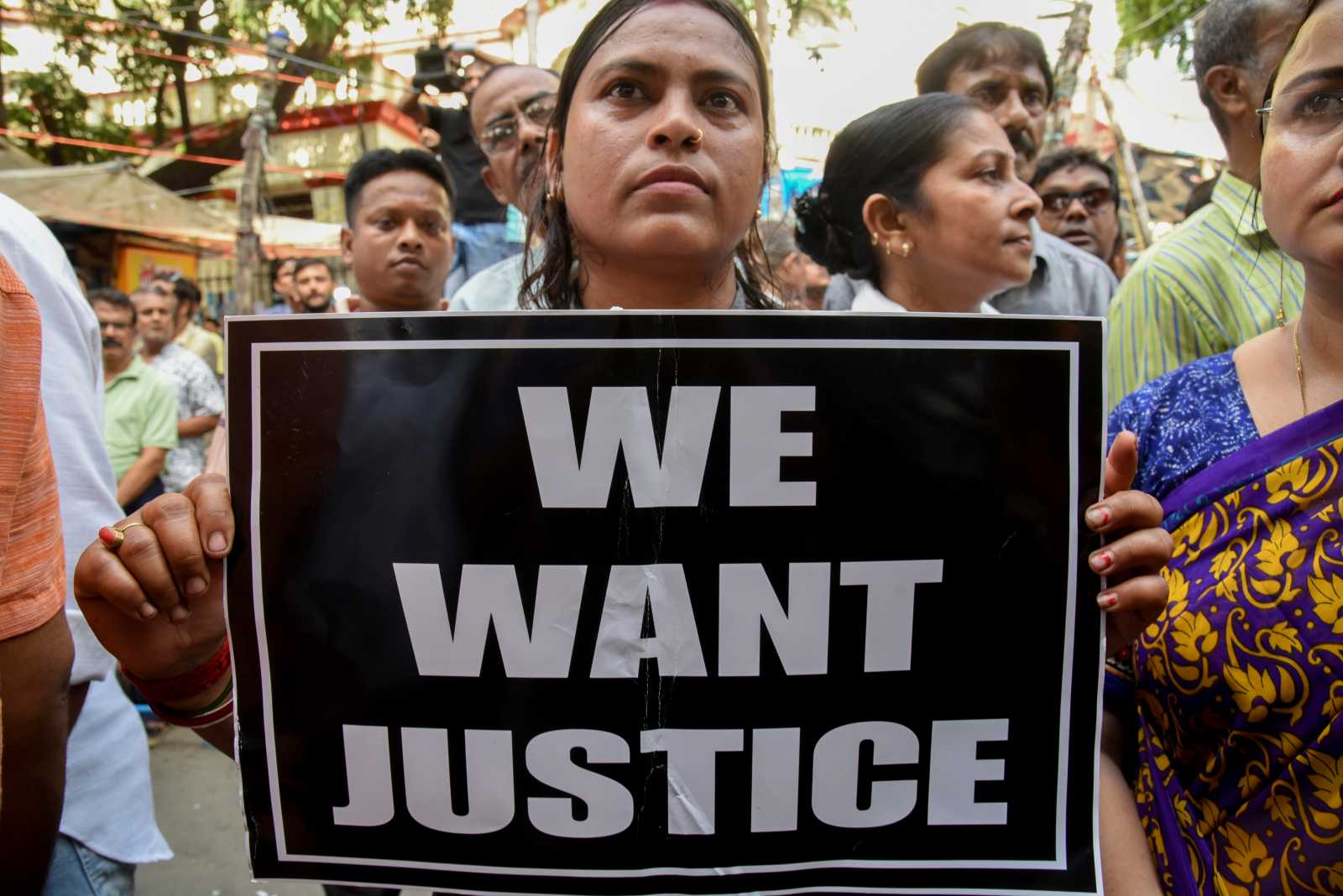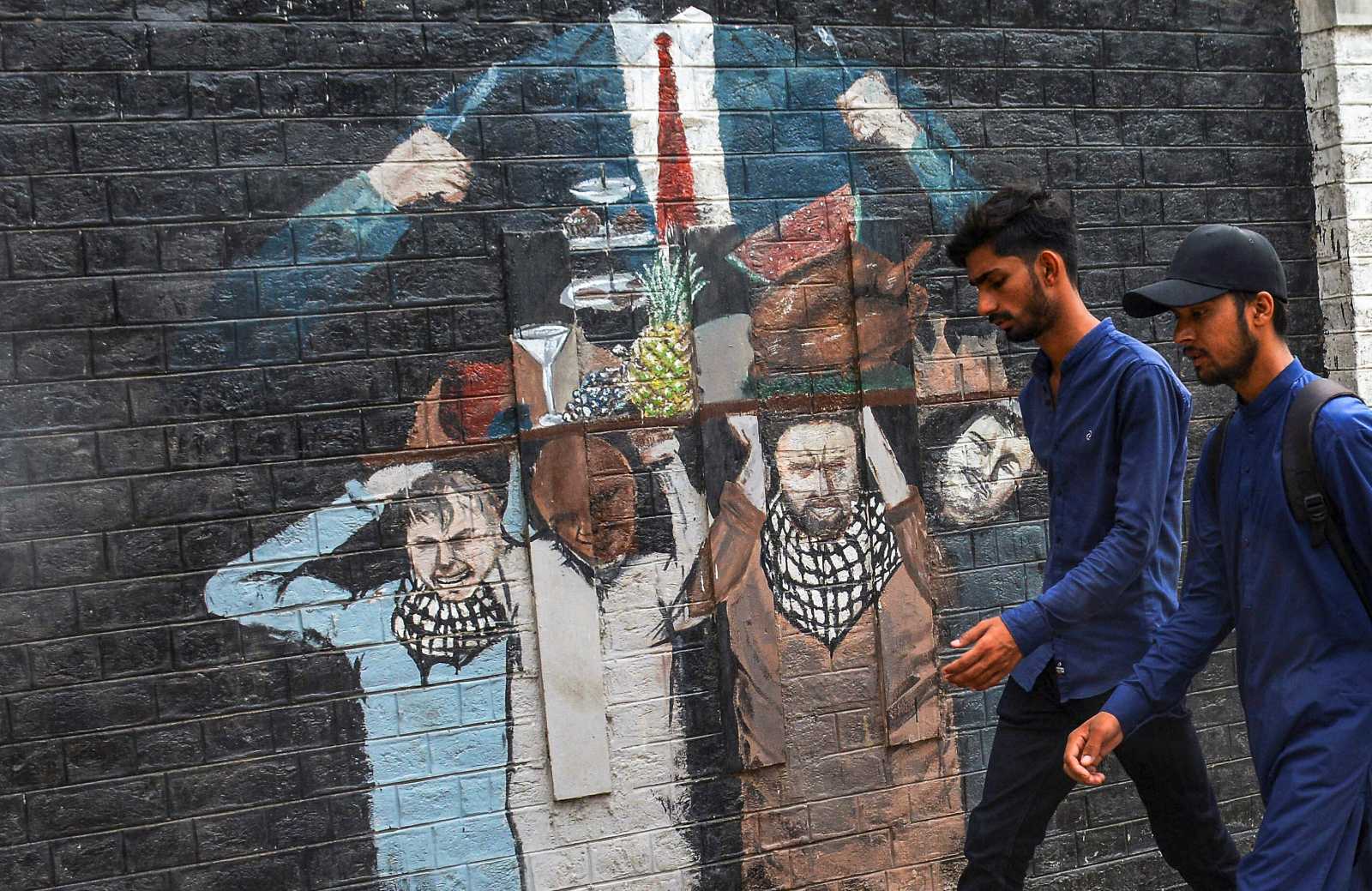Development financing
Bringing power to 300 million Africans by 2030
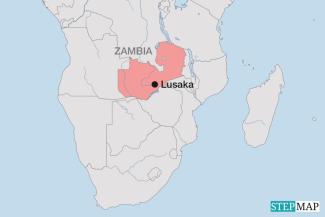
Electricity is the foundation of modern life. It powers schools, hospitals and businesses, enables communication and creates opportunities. Yet across Africa, an estimated 600 million people still live without access to electricity.
A range of initiatives, both large and small, are underway to improve access across the continent. From national grid expansions to localised solar solutions, the goal is clear: energy access is a prerequisite for social and economic development.
On 28 January 2025 , the World Bank Group (WBG) and the African Development Bank (AfDB) launched Mission 300, a joint initiative to accelerate progress. The aim is to provide electricity access to 300 million Africans by 2030. To reach that target, the initiative combines grid expansion with decentralised, off-grid technologies designed to access even the most remote communities. These technologies include solar-powered mini-grids and standalone systems.
“This initiative could be a game-changer,” says Samuel Ndayala, an energy entrepreneur from Kenya. “Our company Skynotch Energy Africa has installed solar systems in off-grid villages, and the results are life-changing. Children can study at night, clinics can store vaccines and small businesses can thrive.”
A shared responsibility
Achieving universal access requires more than public funding. Mission 300 calls for unprecedented levels of investment, innovation and collaboration. Projects already underway aim to connect over 100 million people, but scaling up to 300 million will require strongly involving the private sector and creating suitable financing mechanisms.
“The expansion of grid infrastructure in rural areas is extremely expensive,” Ndayala notes. “But decentralised renewable solutions can provide immediate relief and support long-term development.”
For countries like Zambia, the stakes are high. While progress has been made, large parts of the rural population still lack reliable power. Zambia depends heavily on hydropower, which makes the country vulnerable to droughts and climate-related disruptions. The country’s energy gap limits access to healthcare, education and livelihoods, particularly in isolated regions. Mission 300 gives Zambia the opportunity to align national energy strategies with international support. The initiative encourages countries to mobilise resources, promote renewable energy and strengthen public-private partnerships.
In January, African leaders met in Dar es Salaam to formally launch the Mission 300 initiative. A joint Declaration was adopted, signalling continental commitment to energy reform. In addition, National Energy Compacts were developed, outlining country-specific targets and policy measures to accelerate electrification.
First successes are becoming visible: in June, the Zambian government launched the Zambia Energy Demand Stimulation Incentive (ZEDSI), marking a significant leap in rural electrification efforts.
As a part of ZEDSI, the NGO SEforALL and the Rockefeller Foundation are granting private energy companies $ 1.1 million to build 43 solar-powered mini-grids, aiming to provide more than 7,000 people in rural Zambia with reliable and affordable electricity.
John Mubambe is a freelance journalist based in Solwezi, Zambia.
john.mubambe@gmail.com
